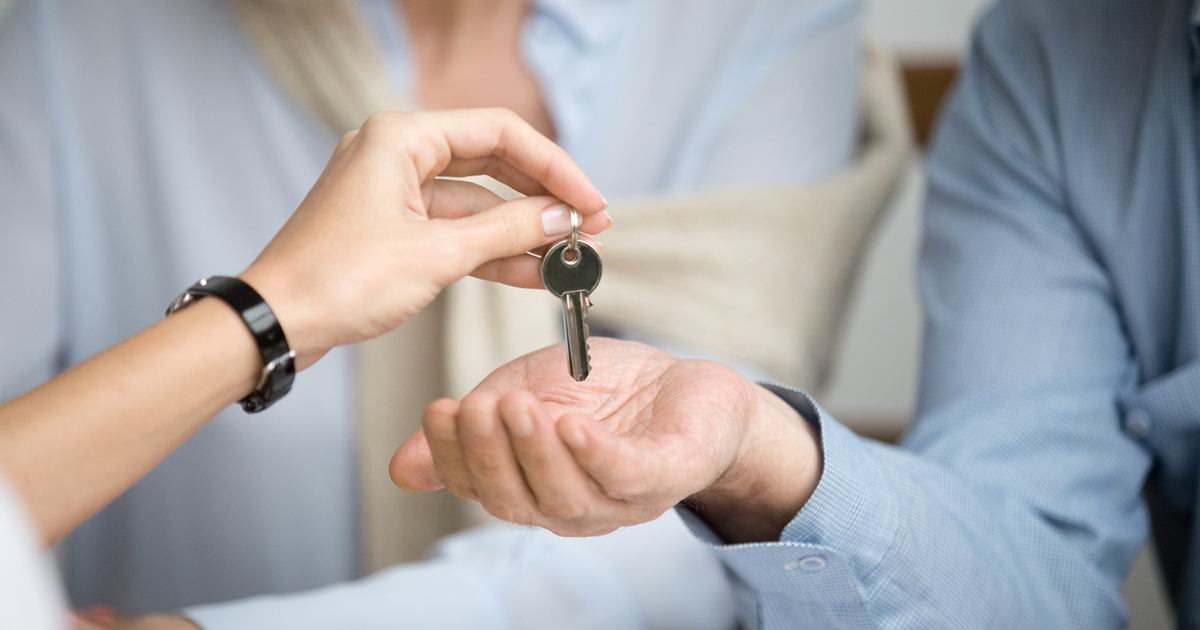Another Tool to Improve Affordability

The rapid rise in mortgage rates during 2022 coupled with continued appreciation of home prices have limited the number of buyers in the market which is reflected by the lower number of home sales currently. "It's a fact that many households are impacted by higher mortgage rates as they no longer earn the qualifying income for the median-priced home." Nadia Evangelou, NAR Economist
One of the things that agents are doing to help buyers lower their house payments is to suggest an adjustable-rate mortgage. The rates on these types of loans are tied to indexes that reflect the current market rates and produce less risk for the lender. The payments adjust on the anniversary date based on the index plus margin named in the note.
While many people think that they only adjust upward, they also adjust downward when the index indicates it. For the week of September 29, 2022, the Freddie Mac 5/1 ARM was 5.03% compared to the 30-year fixed-rate of 6.70%.
Another tool that experienced agents are using to address affordability issues are interest rate buydowns. In recent years, there have not been many buydowns used because interest rates were already very low, but now, more people are considering them again.
A buydown is prepaying the interest on a mortgage at the time of closing to lower the payment for a specific period or for the term of the mortgage. Obviously, it would be more expensive to buydown the rate for the whole term of the mortgage.
Either the seller or the buyer can buydown the rate and it would be specified in the sales contract. From a practical perspective, sellers in the recent past haven't had to consider this option because of the high demand and multiple offers that were commonplace. Now that sales have slowed, and both inventory and market time is increasing, some sellers want to make their homes more marketable and are seeking a competitive advantage.
A common temporary buydown is called a 2/1 which reduces the payment in the first two years of the loan by calculating the borrower's payment at 2% less than the note rate for the first year and 1% less than the note rate for the second year. Years three through thirty, the payment would be the normal payment at the note rate.
A buydown is a fixed rate, conforming mortgage that the borrower must qualify at the note rate to indicate that borrowers will be able to afford the mortgage after the first two years of lower payments.
As an example, on a $400,000 sales price with a 90% mortgage at 5.54% interest for 30-years, the normal principal and interest payment would be $2,053.08. By using a 2/1 buydown, the payment for the first year would be at 3.54% interest, 2% lower than the note rate, making the payment $1,624.61. The second year, it would be at 4.54% interest, 1% lower than the note rate, making the payment $1,823.63.
The buyers' payment would be $428.47 lower each month for the first year and $220.45 a month lower for the second year. The total savings would be $7,787.04 which becomes the cost of the 2/1 buydown. This amount must be paid at the time of closing by either the seller or the buyer.
|
2/1 Buydown Example |
1st Year |
2nd Year |
3rd ... 30th Years |
|
Interest Rate |
4.7% |
5.7% |
6.7% |
|
Principal & Interest Payment |
$1,867.10 |
$2,089.44 |
$2,323.00 |
|
Monthly Savings |
$455.90 |
$233.56 |
|
|
Annual Savings/Total Savings |
$5,470.80 |
$2,802.72 |
$,8,273.52 |
The most prevalent providers of buydowns in the past have been builders. It is a concession like paying closing costs or upgrades for the buyer. As sales have started to slow, some builders in particular price ranges and areas are currently considering this benefit to close more sales.
To summarize: a buydown is a fixed-rate mortgage where the interest is pre-paid for a period to help the borrower with lower payments for a time. A 2/1 buydown allows the buyer to have significantly lower payments in the first two years which will give them time to settle into the house while they can be confident of what the payment will be in years three through thirty.
The pre-paid interest is deductible for the buyer, even if the seller pays for it. This is something that the buyer will want to talk about with their tax advisor when they are doing their income tax for that year.
If you are selling a home, talk to your listing agent about this option to increase marketability. If you are a buyer, discuss this as an affordability option. If your agent isn't familiar with buydowns, ask them to research it with a trusted mortgage officer. Buydowns are legal and have been available for decades. The determining factor may be whether the market has softened enough that sellers are willing to consider them.

